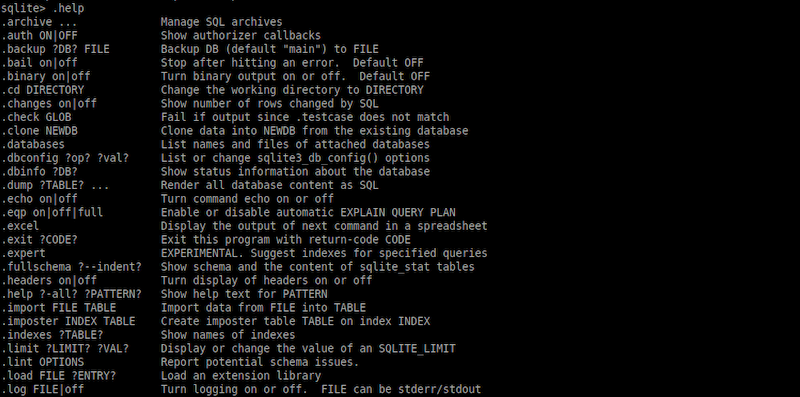
In this tutorial, we will show you how to install SQLite on Fedora 35. For those of you who didn’t know, SQLite is a C-language library that implements a small, fast, self-contained, high-reliability, full-featured, SQL database engine. SQLite does not run as a system service like other DBMS. So, it is known as a self-contained database manager that does not work like other DBMS, such as MySQL, PostgreSQL, and MariaDB.
This article assumes you have at least basic knowledge of Linux, know how to use the shell, and most importantly, you host your site on your own VPS. The installation is quite simple and assumes you are running in the root account, if not you may need to add ‘sudo‘ to the commands to get root privileges. I will show you the step-by-step installation of the SQLite on a Fedora 35.
Prerequisites
- A server running one of the following operating systems: Fedora 34 or Fedora 35.
- It’s recommended that you use a fresh OS install to prevent any potential issues.
- SSH access to the server (or just open Terminal if you’re on a desktop).
- A
non-root sudo useror access to theroot user. We recommend acting as anon-root sudo user, however, as you can harm your system if you’re not careful when acting as the root.
Install SQLite on Fedora 35
Step 1. Before proceeding, update your Fedora operating system to make sure all existing packages are up to date. Use this command to update the server packages:
sudo dnf upgrade sudo dnf update
Step 2. Installing SQLite on Fedora 35.
By default, SQLite is available on Fedora 35 base repository. Now run the following command below to install the SQLite to your Fedora system:
sudo dnf install sqlite
Verify the version installed of SQLite:
sqlite3 --version
Step 3. Using SQLite on Fedora.
Once successfully installed, to enter the SQLite command console, simply type the SQLite command. There you create a temporary database to start the work:
sqlite3
I recommend is to show the SQLite help to know which commands we can apply:
.help

Congratulations! You have successfully installed SQLite. Thanks for using this tutorial for installing SQLite on your Fedora 35 system. For additional help or useful information, we recommend you check the official SQLite website.